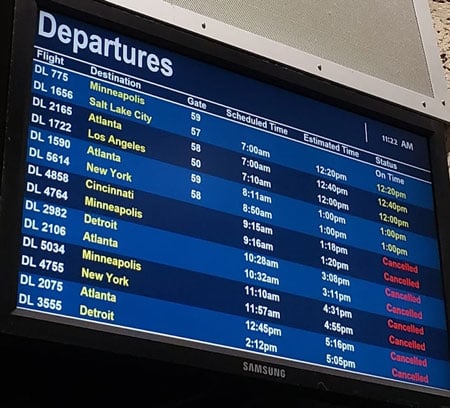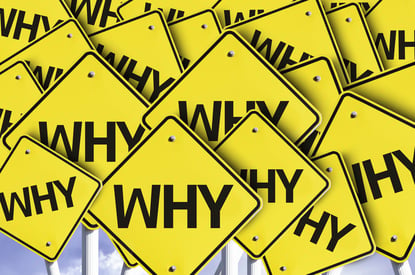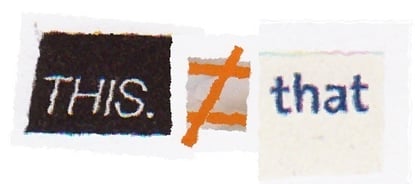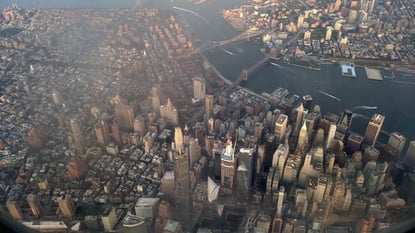There's a great article by Dan and Chip Heath in Fast Company about the value of simple, straight forward checklists to improve performance. It’s a reminder of the value of checklists as strategic tools to help ensure that you're thinking through both routine and new situations in structured ways. Problems on a trip underscored that point along with the realization that effective checklists don't always have to be written.
During a “major winter weather event” (KC television weather jargon for “snow”), I was monitoring the weather by looking out the window and watching The Weather Channel. I was unaware that our airport had been closed for hours until my traveling companion called to ask when I was going to the airport and what my alternatives were.

It was suddenly essential to develop a checklist to evaluate viable options so that our trip didn't fall apart.
The resulting checklist works in many instances where a plan looks as if it's in jeopardy of not succeeding:
- Identify critical plan priorities that can't be compromised. (We had to arrive Sunday night; all else could be adjusted on the road.)
- Increase flexibility / options right away to be able to still achieve the priorities. (That meant downsizing my checked bag to a carry-on in 5 minutes and getting to the airport ASAP to have the opportunity to make more flight options.)
- Secure access to the necessary information flow. (We determined that on the ground info was our best source – first at the counter, then at the gate.)
- Develop likely scenarios and their implications. (Since it was an airport-wide delay, we had to get as early a flight as possible, while being prepared to catch the latest connecting flight possible.)
- Secure the resources to operate in the most likely scenarios. (Our important resources were charged phones, water and food to take along, and each other - splitting up & teaming as necessary to get to the front of the customer service line ASAP.)
The end result? We made it on an earlier scheduled flight that left an hour after our original plane was supposed to depart. Our 2-hour Chicago layover was consumed by the delay; we walked off the plane in Chicago and went right to our original connecting flight. We had food because we’d planned ahead, so it wasn’t a big deal to miss eating at Midway. We arrived only 15 minutes late vs. the prospect of arriving 5 hours late. And the checklist made all the difference!




